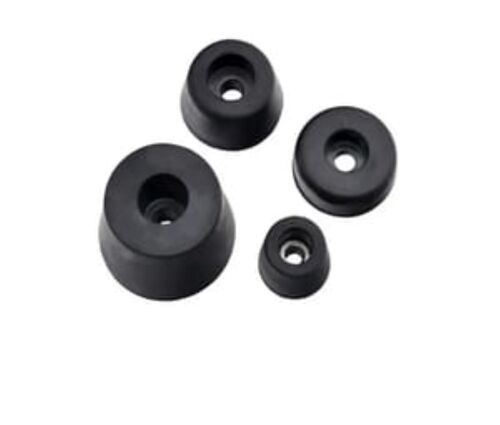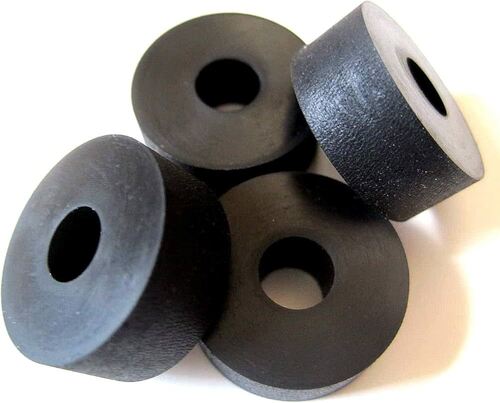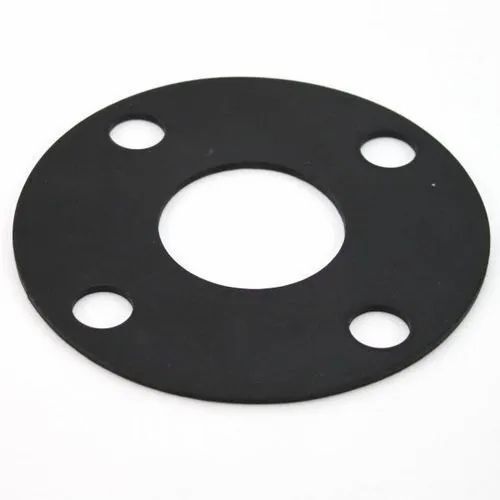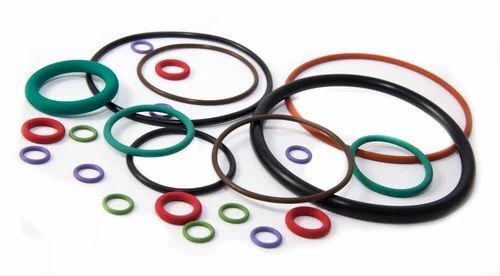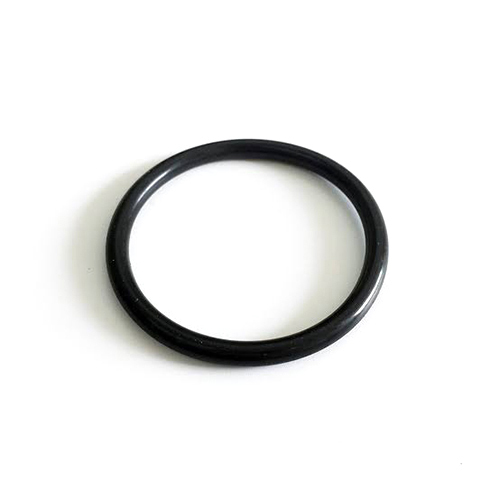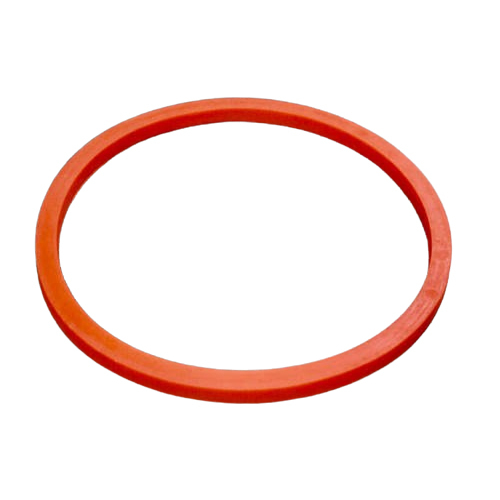Rubber O Rings
100 INR/Number
Product Details:
X
Rubber O Rings Price And Quantity
- 100 INR/Number
- 5000 Number
Rubber O Rings Trade Information
- Cash Advance (CA) Cash in Advance (CID)
- 50000 Number Per Week
- 5 Days
- Yes
- Sample costs shipping and taxes has to be paid by the buyer
- Asia Australia Central America North America South America Eastern Europe Western Europe Middle East Africa
- All India South India Central India West India North India East India Gujarat Karnataka Kerala Lakshadweep Mizoram Meghalaya Manipur Andhra Pradesh Bihar Chandigarh Daman and Diu Goa Jharkhand Odisha Punjab Assam Delhi Dadra and Nagar Haveli Andaman and Nicobar Islands Arunachal Pradesh Chhattisgarh Haryana Himachal Pradesh Jammu and Kashmir Madhya Pradesh Maharashtra Nagaland Rajasthan Sikkim Tamil Nadu Telangana Tripura Pondicherry Uttar Pradesh Uttarakhand West Bengal
Product Description
Material:
- Typically made from a variety of rubber materials, including natural rubber, nitrile (NBR), silicone, Viton (FKM), EPDM, neoprene (CR), and fluorosilicone, depending on the application requirements.
Design:
- Circular ring with a round cross-section.
- Designed to fit into a groove and compress during assembly between two or more parts, creating a seal.
Properties:
- Elasticity: Offers flexibility and resilience, allowing it to compress and return to its original shape to maintain a tight seal.
- Durability: Resistant to wear and tear, ensuring a long lifespan.
- Temperature Resistance: Depending on the rubber type, can withstand a range of temperatures from very low to very high.
- Chemical Resistance: Certain rubber types offer resistance to various chemicals, oils, and solvents.
- Waterproof: Provides an effective barrier against water and moisture.
Applications:
- Automotive: Used in engines, fuel systems, and transmissions to prevent leaks.
- Plumbing: Creates seals in pipes, faucets, and valves to prevent water leakage.
- Aerospace: Utilized in aircraft components for sealing and insulation purposes.
- Industrial Machinery: Provides seals in pumps, compressors, and other machinery to prevent leakage of fluids and gases.
- Household Appliances: Commonly used in washers, dryers, dishwashers, and other appliances to create seals and prevent leaks.
- Medical Devices: Used in medical equipment and devices to ensure fluid and gas containment.
Sizes:
- Available in a wide range of inner and outer diameters and thicknesses to suit different applications.
- Standard sizes are often specified according to international standards like AS568 (American standard) or ISO 3601 (international standard).
FAQs About Rubber O-Rings
Q1: What are rubber O-rings used for?
- A1: Rubber O-rings are used to create seals between two or more parts to prevent leaks of liquids or gases. They are used in various applications including automotive, plumbing, aerospace, industrial machinery, household appliances, and medical devices.
Q2: What types of rubber are used to make O-rings?
- A2: Common types of rubber used for O-rings include nitrile (NBR), silicone, Viton (FKM), EPDM, neoprene (CR), fluorosilicone, and natural rubber. Each type has specific properties that make it suitable for different applications.
Q3: How do I choose the right O-ring for my application?
- A3: Consider the specific requirements of your application, such as temperature range, chemical exposure, mechanical stress, and environmental conditions. Different types of rubber have different properties that make them suitable for various conditions.
Q4: Are rubber O-rings resistant to chemicals?
- A4: Certain types of rubber, such as Viton and nitrile, offer good chemical resistance. It's important to choose a rubber type that is compatible with the chemicals it will be exposed to in your application.
Q5: Can rubber O-rings withstand high temperatures?
- A5: Yes, some rubber O-rings, particularly those made from silicone or Viton, can withstand high temperatures. Always check the temperature range for the specific type of rubber used in the O-ring.
Q6: How do I install an O-ring?
- A6: Installation methods vary depending on the application. Generally, O-rings are installed into a groove in one of the parts to be sealed, and then the parts are assembled together, compressing the O-ring to create a seal. Ensure that the O-ring is not twisted during installation.
Q7: Can rubber O-rings be used outdoors?
- A7: Yes, many rubber O-rings, especially those made from weather-resistant materials like EPDM, are suitable for outdoor use as they can withstand UV radiation, ozone, and varying weather conditions.
Q8: Are rubber O-rings reusable?
- A8: Rubber O-rings can be reused if they are still in good condition and have not been deformed or damaged. However, for critical applications, it's often recommended to replace them to ensure a reliable seal.
Q9: What sizes do rubber O-rings come in?
- A9: Rubber O-rings are available in a wide range of sizes, including various inner and outer diameters and thicknesses. Standard sizes are often specified according to international standards like AS568 or ISO 3601.
Q10: How do I maintain rubber O-rings?
- A10: Regularly inspect rubber O-rings for signs of wear, cracking, or deformation. Clean them with mild soap and water as needed, and replace them if they show any signs of damage or degradation.
Enter Buying Requirement Details
Other Products in 'Rubber O Ring' category
 |
Knovatech Corporation
All Rights Reserved.(Terms of Use) Developed and Managed by Infocom Network Private Limited. |


